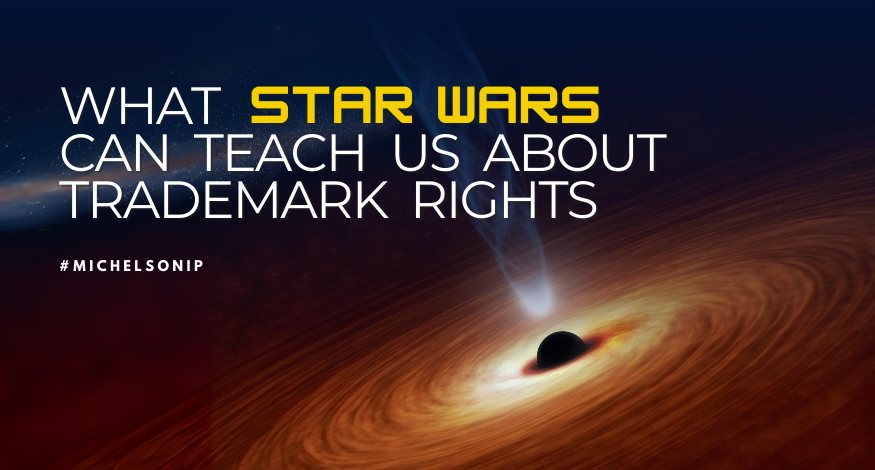In the early 1980s, Star Wars was more than just a series of movies; it was a cultural phenomenon. George Lucas, the creative mastermind behind this expansive universe, leveraged intellectual property rights to capitalize on its success, branding everything from toys to bubble bath. As Star Wars merchandise permeated every corner of American life, the series itself became synonymous with innovation and adventure in a galaxy far, far away.
The Cold War vs Star Wars and the Legal Battle that Ensued
At the same time, another narrative was unfolding on the geopolitical stage. The Reagan Administration, amid the tensions of the Cold War, launched the Strategic Defense Initiative (SDI). This program aimed to develop a sophisticated anti-ballistic missile system that would operate from space, intending to protect the U.S. from potential nuclear attacks. The initiative quickly became a topic of hot debate as critics questioned its feasibility and feared it might trigger further arms escalation, rather than ensure peace.
As the public discourse around SDI intensified, the initiative was colloquially dubbed “Star Wars” by journalists, politicians, and commentators. The term, borrowed due to the technological parallels and futuristic connotations of Lucas’s films, became a shorthand that captured the public’s imagination and skepticism about the ambitious defense project.
For Lucasfilm, the association of their blockbuster franchise with a controversial political issue was a cause for concern. The company had built considerable goodwill through its family-friendly, escapist entertainment. Lucasfilm worried that linking Star Wars to debates about potential nuclear devastation could tarnish its image. They viewed the unauthorized use of Star Wars by various public interest groups in political advertisements as a misuse of their trademark and a threat to the positive associations they had carefully cultivated around their brand.
Faced with this dilemma, Lucasfilm decided to take legal action against two public interest groups who used the term in their ads, aiming to disassociate their trademark from the politically charged Star Wars label being applied to the SDI.
The Verdict: How the Court Defines Trademark Rights
In the consolidated case against the two public interest groups, High Frontier and Committee for a Strong, Peaceful America, the court faced the challenge of balancing trademark rights with free speech, especially within the realm of public discourse.
Lucasfilm’s lawsuit sought to stop their use of the name Star Wars, fearing that the negative implications might damage their brand. The court, however, focused on the principles of trademark law and the limits of its reach into public expression.
Specifically, the court emphasized that trademark rights are not intended to regulate language or the use of common English words. It elaborated that the defendants did not use the Star Wars name to sell any goods or services in a way that trademark laws usually apply. This distinction was crucial in their ruling, as they held that “Trademark laws do not reach into the realm of public discourse to regulate the use of terms used outside of the context of trade.” Accordingly, the use of the terms by politicians, media, and the public was deemed outside the protective scope of trademark law.
In a broader reflection on the role of language and culture, the court mentioned, “Since Jonathan Swift’s time, creators of fictional worlds have seen their vocabulary for fantasy appropriated to describe reality.” The court concluded that trademark laws are designed to regulate unfair competition, not to control the evolution of language in society. It also noted that the words “star” and “wars” were in common domain long before Lucasfilm established its trademark, and public references to the mark were unlikely to undermine its commercial value.
Key Insights From Lucasfilm’s Intellectual Property Challenges
For aspiring innovators and creatives, these cases highlight several key lessons about the nature of IP rights and the limitations of legal protections.
A primary takeaway is the limited scope of trademark protection. Trademarks protect against confusion in the marketplace and prevent others from capitalizing on a brand’s established reputation by selling competing products under the same or a confusingly similar mark. But trademarks don’t grant an owner the authority to control all uses of a word or phrase, particularly when used in non-commercial contexts like political commentary.
Lucasfilm’s lawsuit also underscores the importance of anticipating how a brand or product might be perceived and used within the wider culture. Once a term or symbol associated with a brand becomes embedded in popular culture, it can take on meanings and uses beyond the original creator’s control. Creatives should consider this cultural trajectory in their IP strategies, understanding that certain elements of their creations may become cultural icons beyond their original commercial intent.
It also illustrates the necessity of ongoing, proactive management of IP assets. Innovators should continuously monitor how their trademarks are used in the public domain and be ready to use public relations techniques to influence perception. Also, it’s worth noting that trademarks are just one piece of the IP puzzle. Creatives should also consider other forms of IP, such as copyrights, patents, and trade secrets, as each covers different aspects of innovative work and offers different kinds of control and enforcement options.
_________
The Michelson Institute for Intellectual Property, an initiative of the Michelson 20MM Foundation, provides access to empowering IP education for budding inventors and entrepreneurs. Michelson 20MM was founded thanks to the generous support of renowned spinal surgeon Dr. Gary K. Michelson and Alya Michelson. To learn more, visit 20mm.org.

